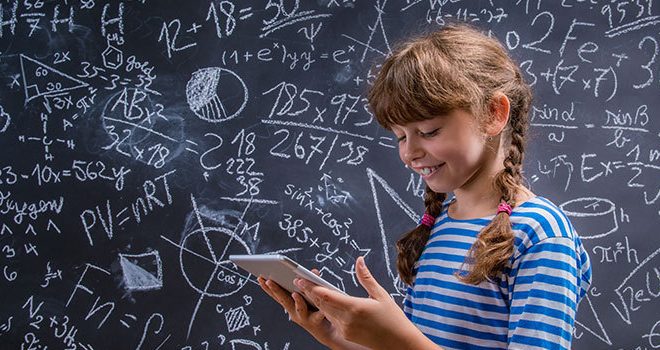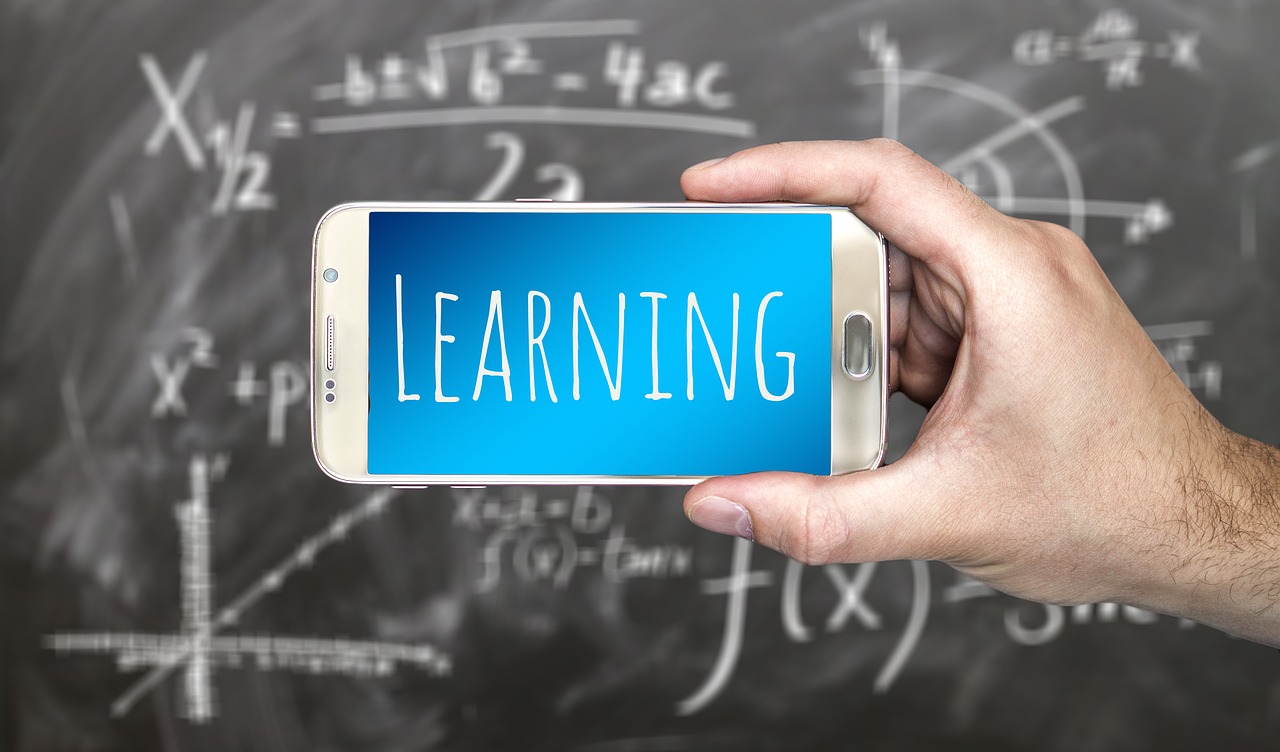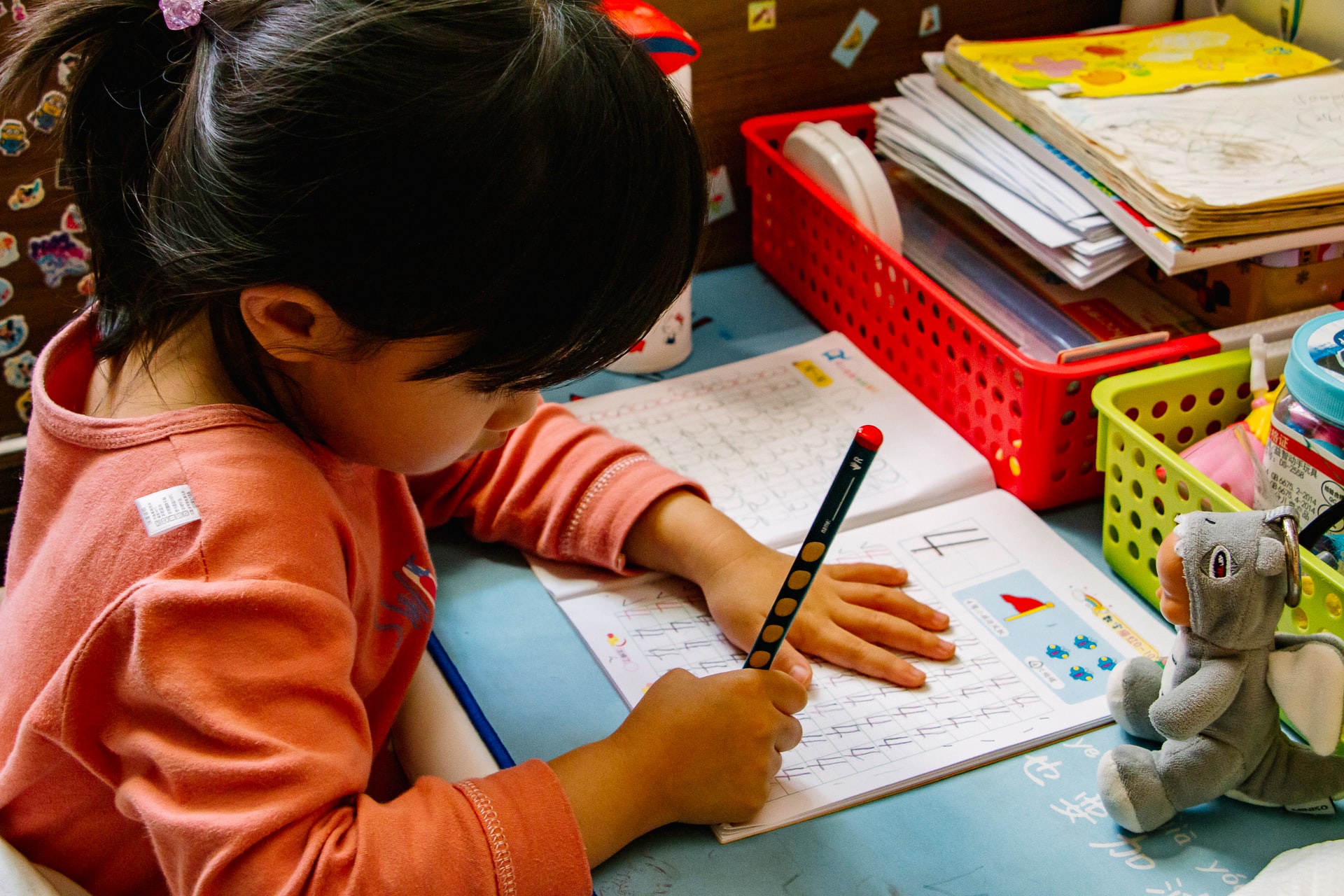Math Teachers and Math Ed. Professors Don’t See Eye to Eye on Best Practices

In the world of education, the rift between practitioners and researchers is a well-known phenomenon. This is perhaps nowhere more evident than in the field of mathematics education, where math teachers and math education professors often find themselves at odds over the best practices for teaching this critical subject. The debate is multi-faceted, encompassing pedagogical strategies, curriculum content, assessment methods, and the use of technology in the classroom.
One of the primary points of contention lies in pedagogical approaches. Many math teachers advocate for direct instruction and practice-based learning as the most effective ways to ensure students develop computational fluency and procedural skills. They argue that mastering fundamental concepts through repetition leads to better retention and enables students to tackle more complex problems. However, math education professors frequently emphasize a constructivist approach, where understanding mathematical concepts is prioritized over procedural proficiency. They argue that when students discover mathematical principles through exploration and problem-solving activities, they develop a deeper, more conceptual understanding of math.
Curriculum content is another area of disagreement. Teachers in the classroom often prefer a structured curriculum that outlines clear learning objectives and provides a sequentially coherent progression through mathematical topics. This approach aligns with standardized testing requirements and assures coverage of all necessary material. Conversely, math education scholars criticize this rigid structure, proposing instead a curriculum that allows for more flexibility to explore topics in depth and encourages connections between different areas of mathematics.
Assessment methods are also a point of dissension. Many educators working directly with students lean towards traditional assessments such as quizzes and exams that objectively measure students’ knowledge and skills. In contrast, academia champions alternative assessment strategies like portfolio assessments or project-based evaluations that they believe better capture students’ mathematical reasoning and problem-solving abilities.
The integration of technology presents yet another division. Classroom teachers often implement various technological tools to engage students, facilitate interactive learning experiences, and provide immediate feedback on student work. This pragmatic approach can sometimes conflict with academic perspectives that encourage critical examination of technology’s role in teaching and caution against an over-reliance on digital tools which might detract from developing foundational math skills.
Ultimately, this disconnect between math teachers and math education professors reflects broader debates in educational philosophy about the nature of learning and teaching efficacy. It underscores a need for ongoing dialogue between those who research pedagogy and those who apply it in real-world classroom settings. Such collaboration could lead to a more nuanced understanding of best practices in mathematics education tailored for both educational rigor and practical application.






